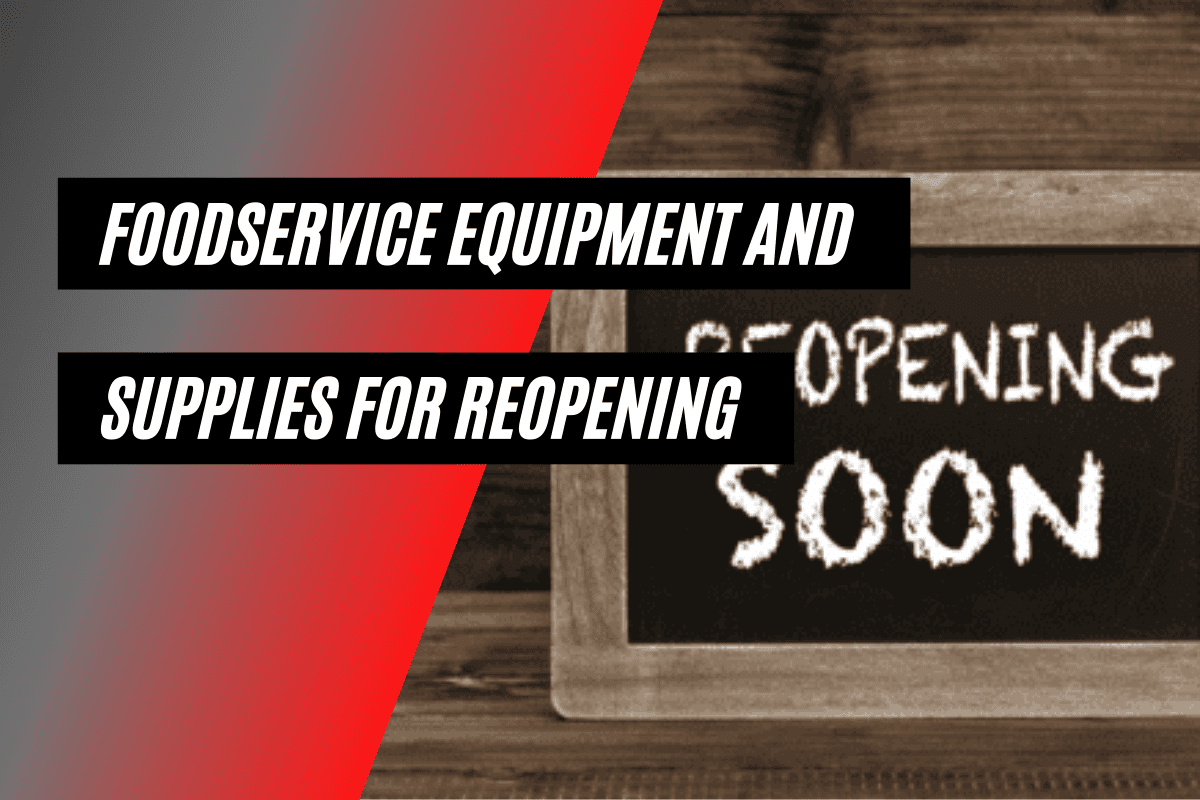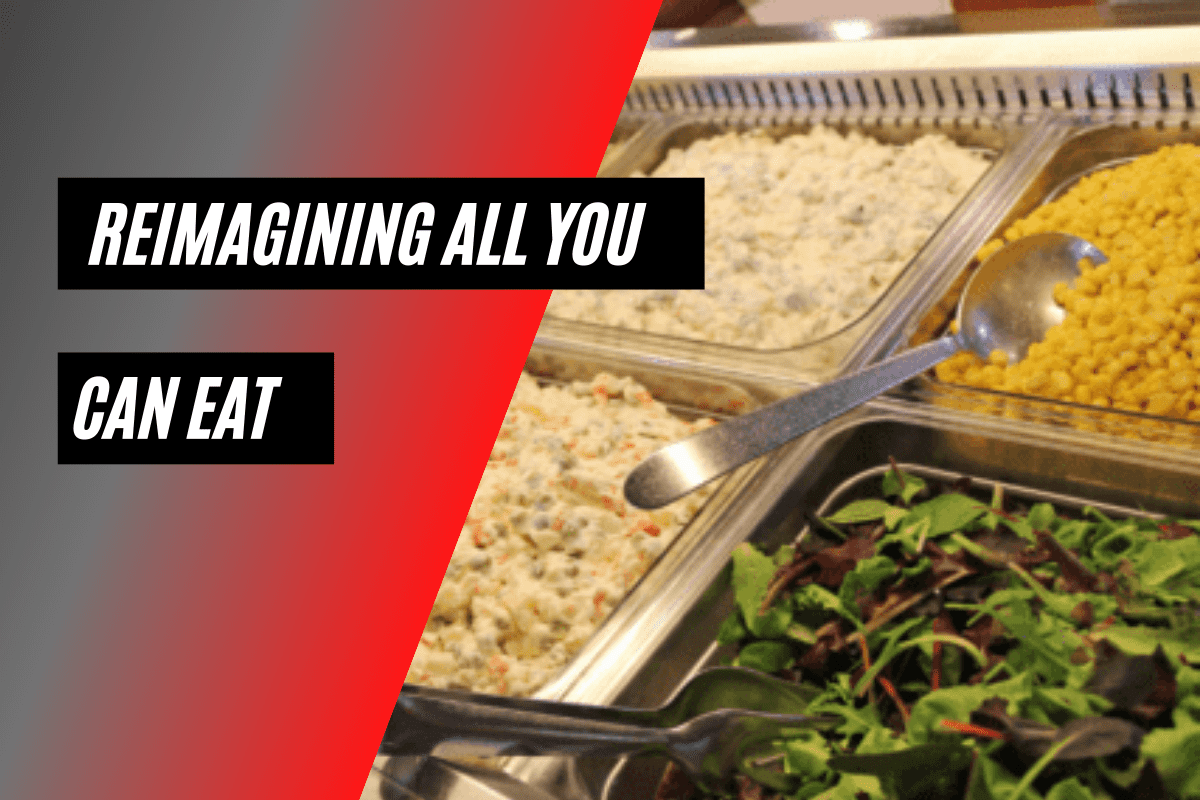Your customers are driven by experience. “The Customer Experience,” however, encompasses multiple levels of engagement. From the moment a customer enters the serving area, it is the operator’s responsibility to establish a visual and emotional context that will create the highest likelihood of a satisfying and delightful experience.
People eat with their eyes first, after all.
While creativity is crucial, it’s not the role of commercial foodservice to be the avant-garde. Simply an awareness of how space can affect (or even assist) people as they engage with space.
Like any business, the ultimate goal is to determine what your customers need and to provide it to them in a delightful way. To make a promise and then keep it, all while reinforcing and enhancing the identity of the corporation as a whole.
One of the simplest means of enhancing the experience of your operation is through relevant and strategic merchandising.
Four Useful Foodservice Merchandising Trends
There are thousands of new ideas put into play within the foodservice space every year, but only a relatively small percentage are successful. Here are a few broad visual concepts that are proven to delight customers in 2018.
- Use Terracotta and Earth Tones
While the past few years have trended towards plants and greenery dominating the visual field, recent tastes have been shifting towards the robust “earthy shades” of terracotta, sand, and soil. Bringing these hues of brown, red and orange into operation will add to a “homey” atmosphere, and serve to offset white, gray or concrete walls. - Highlight Sustainability Efforts with Bright Colors
Corporate foodservice has integrated a host of sustainable strategies and recycled products into its repertoire in recent years, and now it’s time to show them off. Use bright and bold colors to highlight the various ways that an operation is intentionally helping to fight foodservice waste. - Experiment with Imperfection
Although more of a philosophy than a specific color trend, the Japanese aesthetic of wabi-sabi (finding beauty in imperfection) is beginning to find its way into popular corporate designs. Capitalizing on growing demand for the durability and authenticity of handcrafted items, manufacturers in the West are using wabi-sabi as a model to create more robust products that purposefully display minor flaws. These unique items make for perfect accent pieces to contrast with what might otherwise be visually sterile or impersonal. - Living Herb Walls
Taking the idea of a “feature wall” to a new height, herb walls (or “green walls”) can impress your customers in ways that other walls cannot. Whether in your dining room, outdoor patio or even on the exterior of your building, a green wall can create a fresh atmosphere and reinforce a healthy approach to food. And wow-factor aside, green walls can be functional, too, providing fresh ingredients for use in the kitchen.
Examples of Merchandising Transformation
A large number of foodservice operations have integrated the latest merchandising trends to benefit their customers. Here are a couple of good examples:
Vanderbilt University
Vanderbilt recognized that they had a collection of concepts that felt somewhat sterile and intertwined. By executing a cohesive merchandising strategy, they separated each concept using different visual themes. Each theme supported their concept, creating a distinct mood for each using a combination of appropriate objects and colors.
Sanford Healthcare
Sanford Healthcare needed to complement four restaurant concepts and an on-site convenience store with merchandising that would both enhance the physical location and unify them all under the Sanford umbrella. Through a careful selection of décor, they increased traffic flow and added to customer satisfaction.




